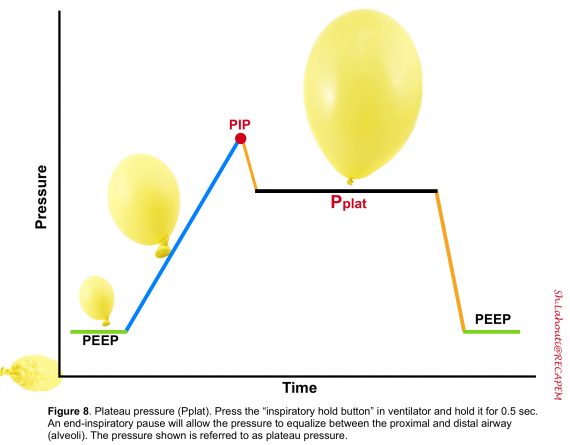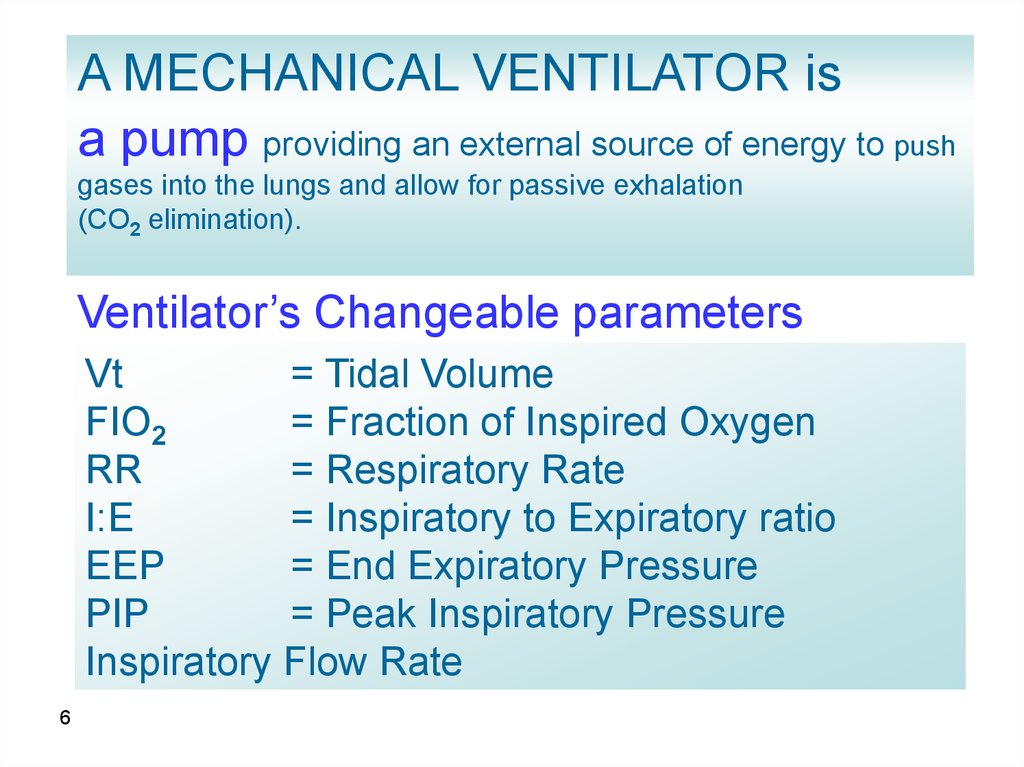

Since positive pressure ventilation is not physiological, it may lead to complications such as barotrauma. In contrast, patients on mechanical ventilation ventilate with positive pressures. The natural mechanism of breathing in humans depends on negative intrathoracic pressures. Pulmonary barotrauma is a complication of mechanical ventilation and has correlations with increased morbidity and mortality. This article will focus on pulmonary barotrauma. Barotrauma is commonly observed in scuba divers, free-divers, or even in airplane passengers during ascent and descent. The most common organs affected by barotrauma are the middle ear (otic barotrauma), sinuses (sinus barotrauma), and the lungs (pulmonary barotrauma). Outline the importance of improving care coordination among interprofessional team members to improve outcomes for patients affected by pulmonary barotrauma.īarotrauma is damage to body tissue secondary to pressure difference in enclosed cavities within the body.

#PIP IN MECHANICAL VENTILATION HOW TO#
This activity will highlight how to recognize, diagnose, prevent, and manage barotrauma in patients on mechanical ventilation. It is important to recognize and quickly act to prevent barotrauma for prolonged periods as this may lead to significant morbidity and mortality in patients intubated in the intensive care unit. Pulmonary barotrauma is a potentially life-threatening complication in patients on mechanical ventilation.


 0 kommentar(er)
0 kommentar(er)
